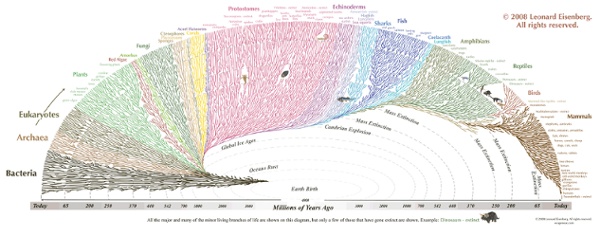Smithsonian Human Origins Program
Australopithecus afarensis Nickname: Lucy's species Where Lived: Eastern Africa (Ethiopia, Kenya, Tanzania) When Lived: Between about 3.85 and 2.95 million years ago Australopithecus afarensis is one of the longest-lived and best-known early human species—paleoanthropologists have uncovered remains from more than 300 individuals! Found between 3.85 and 2.95 million years ago in Eastern Africa (Ethiopia, Kenya, Tanzania), this species survived for more than 900,000 years, which is over four times as long as our own species has been around.
Laconic History of the World on HUGEpic
Powered by HUGEpic.io Link to right here with positionwithout position
Mind-Blowing Origami Based on Comics, Manga, Anime and Video Games - ComicsAlliance
As an origami admirer with extremely limited skills (and even more limited patience), I’m always impressed by the artists who pull off works of art from paper. In the case of Brian Chan, however, I’m beyond impressed – I’m absolutely floored. The artist accomplishes beautiful creatures from across the animal kingdom, but takes his work one step further by folding likeness of some of the most celebrated characters from the four corners of fandom. From comic books to anime and video games, Chan’s work on both his Web site and Flickr account demonstrates a talent worth celebrating.
Rice = People
Of All The People In All The World, a traveling art exhibit in the UK, uses grains of rice to bring the large numbers behind world populations to the grasp of the average human being. In the exhibit, one grain of rice equals one person and those grains of rice are put together to represent all kind of statistics from the small (such as the number of people who have walked on the moon) to the large (the population of the United States as seen below). Link
"Lucy" Kin Pushes Back Evolution of Upright Walking?
Lucy—a 3.2-million-year-old skeleton discovered in 1974—belongs to , a species which scientists think was an early direct ancestor of modern humans. An exceptionally petite female—her estimated height was 3.5 feet (1.1 meters)—Lucy's small frame has been interpreted as not being totally adapted for human-like, upright walking. (See: "6-Million-Year-Old Human Ancestor 1st to Walk Upright?" ) But the discovery of the 3.6-million-year-old male disproves that idea, said study co-author Yohannes Haile-Selassie , curator of physical anthropology at the Cleveland Museum of Natural History. "As a result of this discovery, we can now confidently say that 'Lucy' and her relatives were almost as proficient as we are walking on two legs, and that the elongation of our legs came earlier in our evolution than previously thought," Haile-Selassie said in a statement.
Articles – Data Pointed
Literally Billions April 8, 2013 – Last year, according to the U.S. Census Bureau, the world’s population topped seven billion, and now stands at approximately 7,077,490,000 as of noon Eastern, April 8, 2013.
The 7 Weirdest Drugs in World History
Throughout history people have turned to some very weird sources to get high. From a 6050 BC cave painting in Algeria that depicts a “mushroom-man” to the 2009 phenomenon of getting high on mp3s, it appears that man has tried everything. Here are 7 of the weirdest: 1. Ayahuasca In her book, “Wild,” Jay Griffiths takes ayahuasca while staying with an indigenous tribe in the Amazon.
Stephen Hawking: "Humans Have Entered a New Stage of Evolution"
Although It has taken homo sapiens several million years to evolve from the apes, the useful information in our DNA, has probably changed by only a few million bits. So the rate of biological evolution in humans, Stephen Hawking points out in his Life in the Universe lecture, is about a bit a year. "By contrast," Hawking says, "there are about 50,000 new books published in the English language each year, containing of the order of a hundred billion bits of information. Of course, the great majority of this information is garbage, and no use to any form of life. But, even so, the rate at which useful information can be added is millions, if not billions, higher than with DNA." This means Hawking says that we have entered a new phase of evolution.



